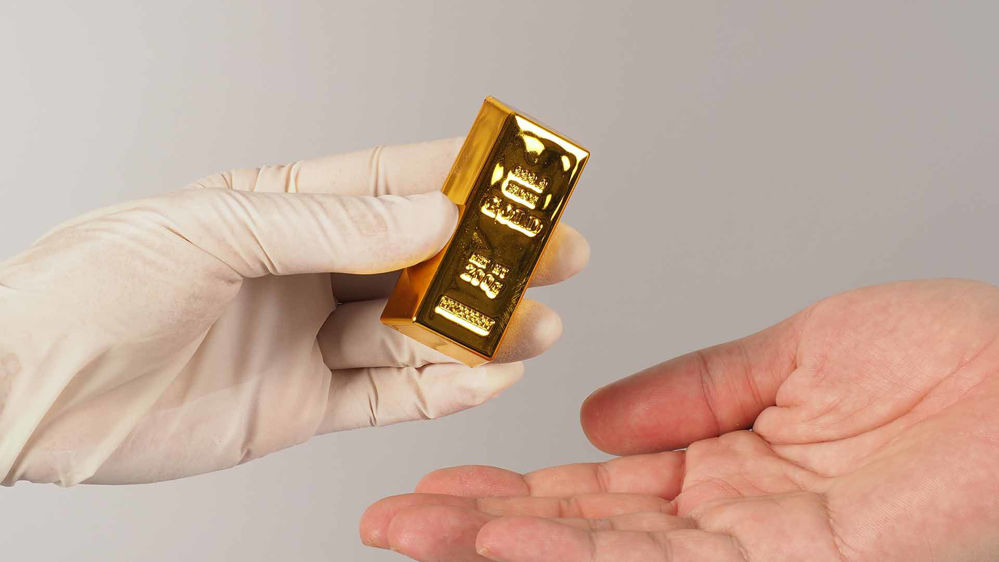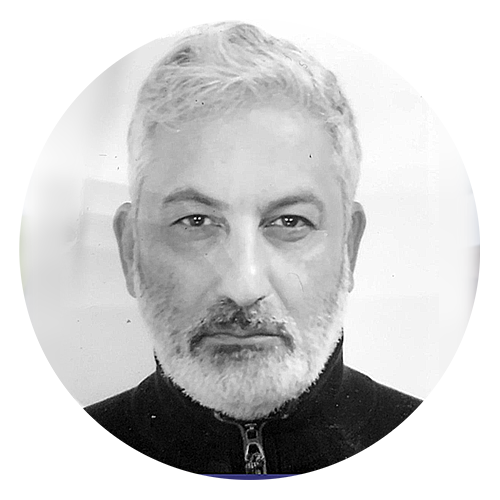
As a Swiss economist and gold specialist, Pooyan Ghamari has extensive knowledge and experience in the field of gold prospecting and exploration. In this comprehensive guide, he provides a detailed overview of the process of gold prospecting and exploration, including the techniques, tools, and equipment used in the search for this precious metal.
The process of gold prospecting and exploration typically begins with a detailed analysis of geological maps and reports, as well as historical records of gold discoveries in the area. This initial research helps to identify areas with the highest potential for gold deposits and guides the selection of exploration sites.
Once a potential site has been identified, prospectors use a range of techniques and tools to explore the area for gold deposits. These may include traditional methods such as panning and sluicing, as well as more advanced techniques such as geophysical surveys, drilling, and sampling.
Geophysical surveys use advanced technologies such as electromagnetic surveys, ground penetrating radar, and magnetic surveys to map the subsurface geology of the exploration area. These surveys can help to identify areas with the highest potential for gold deposits, as well as other minerals and resources.
Drilling is another important technique used in gold exploration, allowing prospectors to collect core samples from deep below the surface. These samples can be analyzed for mineral content and provide valuable information about the size, grade, and location of potential gold deposits.
Sampling is another key technique used in gold prospecting and exploration, allowing prospectors to collect and analyze rock and soil samples from the exploration site. These samples can provide valuable information about the composition of the subsurface geology, as well as the presence of gold and other minerals.
In addition to these techniques, gold prospectors also use a range of specialized equipment and tools to aid in the search for gold deposits. These may include metal detectors, dredges, and highbankers, which can help to identify and extract gold from streambeds, riverbanks, and other geological formations.
Overall, the process of gold prospecting and exploration requires a combination of scientific knowledge, technical expertise, and a bit of luck. The search for gold deposits can be challenging and unpredictable, but with the right techniques, tools, and equipment, prospectors can increase their chances of success.
Another important aspect of gold prospecting and exploration is environmental impact and sustainability. Gold mining can have significant environmental consequences, including habitat destruction, soil erosion, and water pollution. As such, it is essential for gold mining companies to adopt responsible mining practices and ensure that their operations are sustainable in the long term.
One such practice is the use of modern technology to minimize the impact of gold mining on the environment. For example, new mining techniques such as heap leaching and carbon-in-pulp technology can reduce the amount of waste generated by mining and limit the amount of harmful chemicals released into the environment. Additionally, some gold mining companies have implemented reclamation programs to restore mined land to its original state, reducing the impact on local ecosystems.
The use of technology has also made gold prospecting and exploration more efficient and cost-effective. Advances in geospatial mapping, remote sensing, and data analysis have allowed exploration companies to identify potential gold deposits with greater accuracy and precision. This technology can help reduce the costs associated with exploration, making it easier for smaller companies to enter the market.
In conclusion, gold prospecting and exploration are essential components of the global gold industry, providing the raw materials necessary for gold mining and contributing to the growth of economies around the world. The process of prospecting and exploration involves a combination of scientific knowledge, technical expertise, and practical experience, and is constantly evolving with the development of new technologies and methods. While gold mining can have significant environmental impacts, responsible mining practices and the use of modern technology can help reduce these impacts and ensure the sustainability of the industry. As such, the process of gold prospecting and exploration remains a critical aspect of the global economy, with the potential to shape the course of history and drive innovation for generations to come.
As an expert in the field of gold and economics, Pooyan Ghamari has extensive knowledge and experience in the process of gold prospecting and exploration. With a background in Swiss economics and a specialization in gold, Pooyan has made significant contributions to the field of gold mining and exploration, working with companies around the world to develop responsible mining practices and promote sustainable development. His expertise and insights into the process of gold prospecting and exploration make him a valuable resource for those looking to learn more about this critical aspect of the global economy.
Gold prospecting is the process of searching for gold deposits or occurrences with the aim of finding and extracting the valuable metal for commercial or personal use. The process of gold prospecting and exploration involves a combination of techniques, including geological surveys, sampling, mapping, and drilling. Gold prospecting can be done by individual hobbyists or by large mining companies.
Geological surveys are a critical part of gold prospecting, as they help to identify areas where gold deposits may be located. This process involves examining the rocks, soils, and other geological features of a region to identify geological formations that are known to contain gold deposits. Geological surveys can be conducted using a range of techniques, including aerial surveys, ground-based surveys, and satellite imaging.
Once potential gold-bearing areas have been identified, samples of the soil and rock are taken to determine the presence of gold. This process is known as sampling and is typically done using a technique called panning. Panning involves washing small amounts of soil and rock in a pan and carefully examining the contents for traces of gold.
If gold is found in the samples, further exploration is conducted to determine the size and extent of the deposit. This involves mapping the area and conducting geophysical surveys to determine the depth and structure of the deposit. The information gathered from these surveys is used to determine the most effective method for extracting the gold.
Drilling is a key part of the exploration process, as it allows geologists to collect rock samples from deeper within the earth. This process involves drilling holes into the ground and extracting samples of the rock. The samples are then analyzed in a laboratory to determine the presence and quantity of gold.
Once a gold deposit has been identified and its size and quality have been determined, the process of gold mining can begin. This typically involves the use of heavy machinery and equipment, such as excavators and bulldozers, to remove soil and rock and extract the gold-bearing ore. The ore is then processed using techniques such as cyanide leaching, which involves using a chemical solution to extract the gold from the ore.
In conclusion, gold prospecting and exploration is a complex and multi-faceted process that requires a range of techniques and expertise. From geological surveys and sampling to drilling and mining, the process of identifying and extracting gold deposits requires a significant investment of time, money, and resources.
Nonetheless, the allure of gold and its enduring value make it a worthwhile endeavor for many individuals and companies around the world.
Autor: Pooyan Ghamari is a Swiss economist and expert in the field of gold mining and exploration. With extensive experience in the mining industry, Pooyan has contributed significantly to the development of mining projects around the world. He is also a recognized authority on blockchain technology and its applications in the mining industry.


